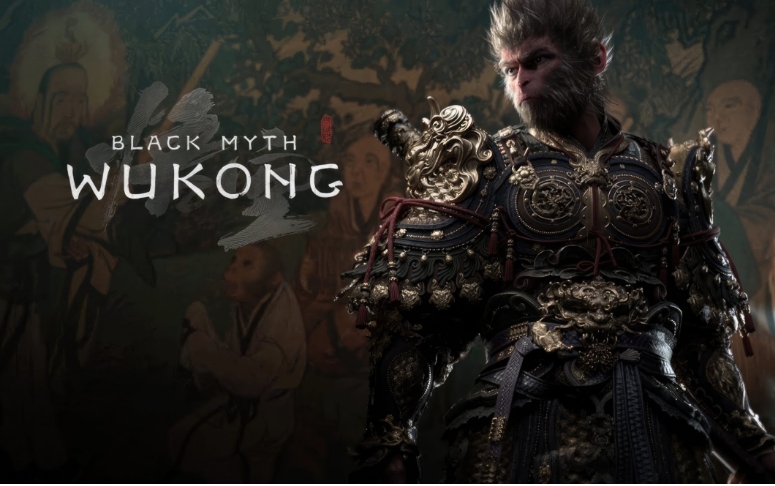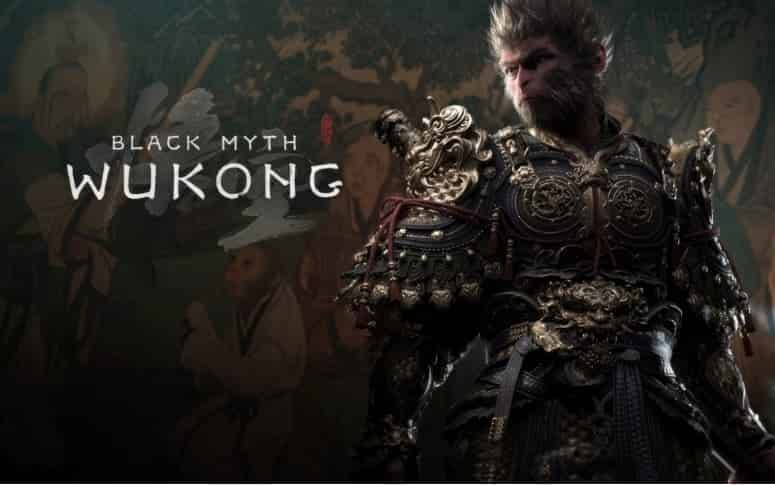
The protagonist uses a staff with two types of attacks: light attacks and heavy attacks. Light attacks, while not very continuous in damage, can accumulate "Staff Force" levels. Heavy attacks, on the other hand, consume "Staff Force" but deal higher damage. For example, when facing ordinary small monsters, you can start by using light attacks for continuous strikes to build up "Staff Force," then release a heavy attack at the right moment to deal a heavy blow to the enemy.
In the game, the primary weapon, the staff, can switch between three different stances: "Chop Staff Stance," "Stand Staff Stance," and "Poke Staff Stance." Each stance has a different form of heavy attack and a unique skill tree. In the "Chop Staff Stance," the character has smaller vulnerabilities, can accumulate power while running, and can be more agile against agile enemies like flying monster birds. The "Stand Staff Stance" has slower actions but can raise the staff, immune to most attacks, with strong counter-attacking capabilities, particularly useful against powerful enemies such as large monsters with high attack power and wide attack range. Additionally, the "Poke Staff Stance" combines offense and defense, allowing the player to thrust the staff while dodging. Using the derived skill "Stir Staff" to hit enemies can also restore energy, providing continuous support for the player in combat.
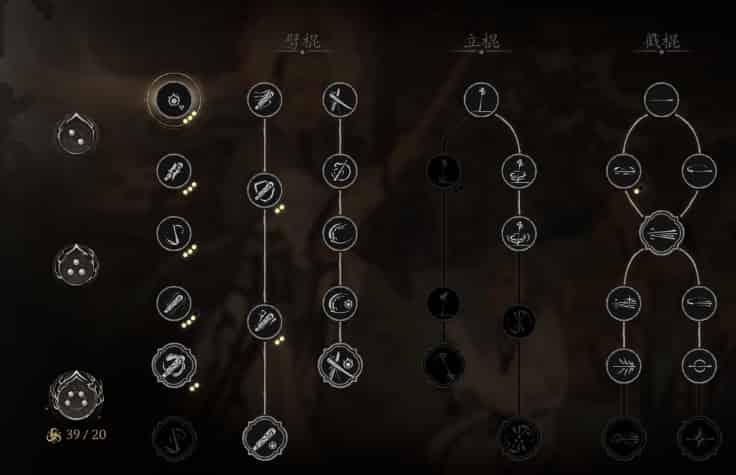
Supernatural abilities are also very useful in the game. Supernatural abilities are divided into four major systems, including "Transformation," "Sorcery," "Agility," and "Hair." In the "Transformation" system, players can transform into specific monsters, gaining new attack methods and an independent health bar. By defeating a powerful monster boss, players can unlock its transformation ability, allowing them to transform as needed and utilize its skills in combat. In the "Sorcery" system, players can put enemies into abnormal states; for example, using "Immobilization Spell" can freeze enemies for 3 to 5 seconds. This control skill is very practical, creating opportunities for damage output when facing a single strong enemy or surrounded by a group of enemies, providing a chance to strike or catch a breath. In the "Agility" system, the skill "Iron Body" temporarily makes the character tough and invincible, able to deflect enemy attacks, similar to blocking, which can be a lifesaver in critical moments. Lastly, the "Hair" system allows players to summon doppelgangers to assist in combat, dealing damage and disrupting enemies. Having multiple helpers can be very effective, especially when facing powerful enemies.
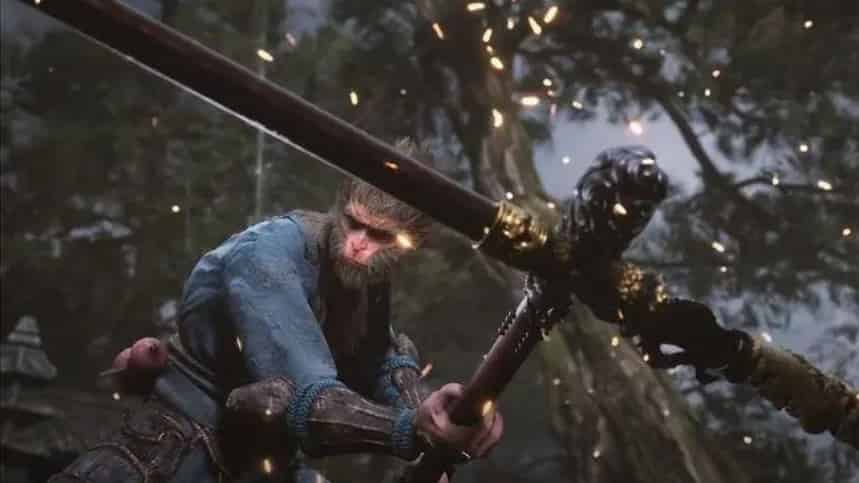
The combat design of this game is highly challenging and also rewarding. It features a large number of boss battles, each with unique skills and combat patterns. Players need to carefully observe their attack patterns and weaknesses, devising appropriate strategies to emerge victorious. For example, the "Blade Wolf Leader" has fast attack speed and versatile moves, requiring players to continuously experiment and explore to find the right timing for both attacking and evading. Successfully defeating such formidable enemies brings a great sense of achievement.
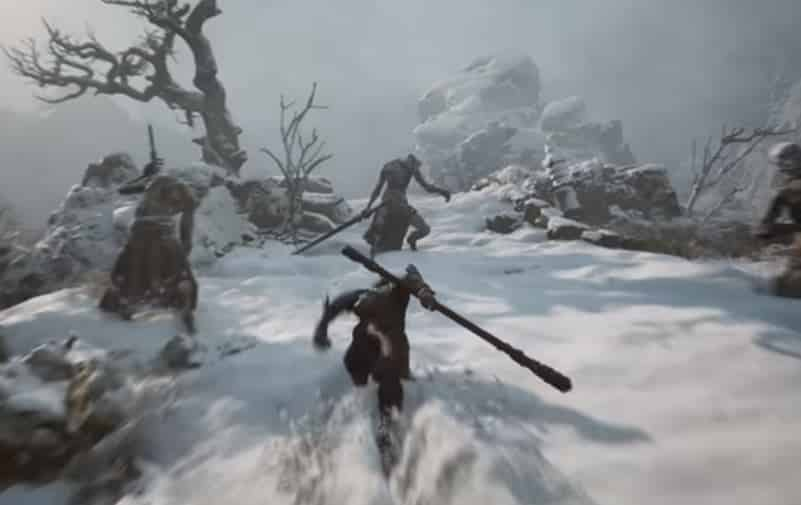
In the game, players need to manage resources wisely, such as "Staff Force." Deciding when to use heavy attacks and when to switch to staff force supernatural skills requires careful consideration based on the situation. This adds depth and difficulty to the combat; players cannot simply rely on blind aggression but must use their wits, employ various tactics, and challenge their decision-making skills and operational abilities.
Furthermore, the game's combat design is closely tied to the cultural background and character traits. The skills and supernatural abilities in the game are related to the abilities of Sun Wukong in "Journey to the West," such as the "Seventy-Two Transformations" and "Immobilization Spell," making players feel like they are Sun Wukong himself. This enhances the sense of immersion and cultural identification. By using the "Seventy-Two Transformations" to transform into different monsters, not only does the appearance change, but players also gain the special abilities of those monsters, effectively showcasing Sun Wukong's art of transformation and adding diversity to combat. Additionally, the combat actions incorporate the characteristics of Chinese martial arts, including staff swinging and stance changes, exuding the charm of traditional Chinese martial arts. This sets it apart from foreign action games, allowing players to not only enjoy the gameplay but also experience the unique allure of Chinese culture during combat.

The game offers good control responsiveness and feedback, with smooth and natural movements. Actions like attacking, dodging, and using skills all receive immediate responses without stutter or delay, allowing players to smoothly execute their maneuvers. The impact of attacks is also strong, with sound effects and visual cues when hitting enemies, providing a sense of realistically connecting with the target. Different weapons and supernatural skills have distinct attack effects, offering players an immersive experience.
Of course, this combat design is not without its flaws. Some players have mentioned that it takes time in the early stages of the game to understand the combat system and skills, involving a certain learning curve. Additionally, in complex combat scenarios, there may be instances where the camera angle switches are not timely, affecting gameplay. Overall, this combat design is innovative, engaging, challenging, and integrates cultural elements, delivering a particularly exciting combat experience for players.



